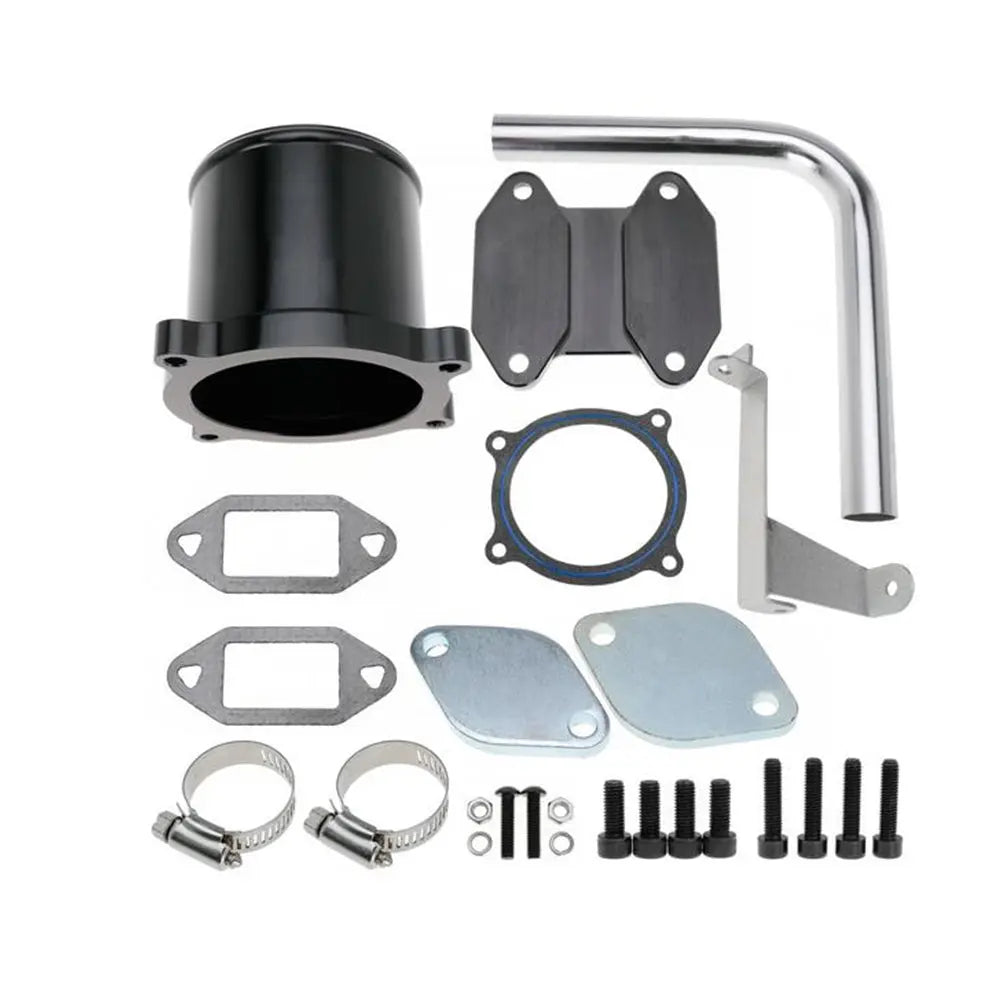

Sometimes you will need to force quit a program first, in the event that it has frozen or is still running in the background. Until you close Notepad enabling the file to be released, can you then go and delete it. Finally, you decide that you don’t want the file any longer, so you open up Windows File Explorer and go to delete, only to find that you can’t. One of the more common causes is when a program that’s currently running is busy with the file.įor example, you’ve been editing a text file with Notepad and minimized Notepad. The file is being used by another program While this can be a complicated topic to discuss and deserves another article to cover the subject adequately, we will nonetheless touch on a few points.
Entering a command in the Command Prompt.Ĭauses as to why you may need to force delete a file. By selecting it in Windows Files Explorer and pressing the Del key on your keyboard. Same as method one, while holding down the Shift key to bypass the recycle bin and get rid of it completely the first time. Right-click on the file in Windows File Explorer and left-clicking on delete. Example below.But here is a short mention of a few different ways: To avoid confirmation, you can use ‘-recurse’ argument along with ‘Remove-Item’ cmdlet. If the directory has files, the basic command asks for confirmation, you would need press ‘Y’ to proceed with deletion, ‘N’ for aborting it. Below is an example command for the same. Remove-Item command works for deleting directories as well. + FullyQualifiedErrorId : PathNotFound, Delete directory + CategoryInfo : ObjectNotFound: (C:\dir1\FileThatDoesNotExist.txt:String), ItemNotFoundException + Remove-Item C:\dir1\FileThatDoesNotExist.txt Remove-Item : Cannot find path 'C:\dir1\FileThatDoesNotExist.txt' because it does not exist. PS C:\> Remove-Item C:\dir1\FileThatDoesNotExist.txt If the file does not exist, the command throws error as shown below. The above command deletes all files with csv extension. 
Remove-item command accepts wildcards too, using which we can delete files in bulk. PS C:\> Remove files with wild characters

We just need to add the file names separated by comma. We can delete as many files as we want with single remove-item command.







 0 kommentar(er)
0 kommentar(er)
